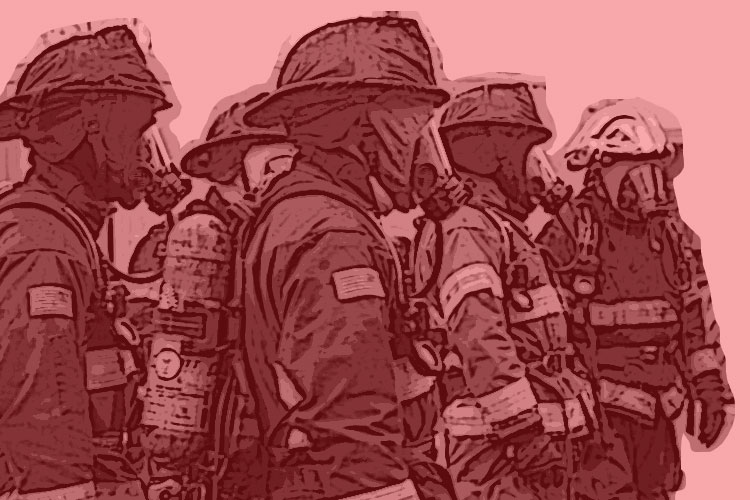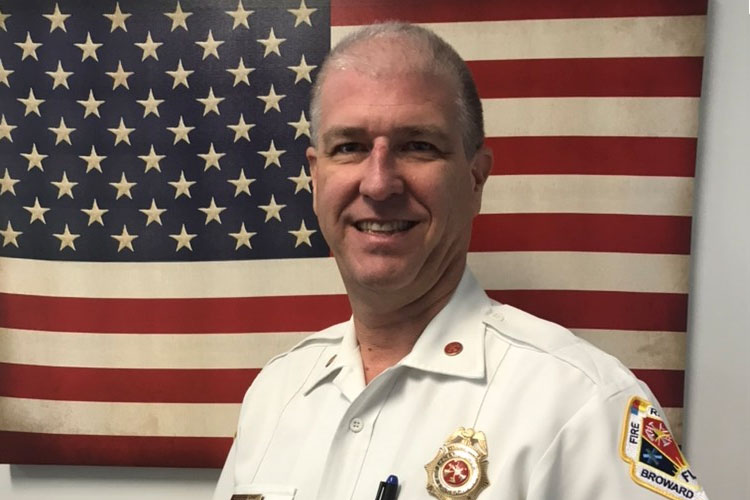

By Todd J. LeDuc
Of late, the American fire service has been discussing and focusing on occupational cancer exposure and potential mitigation strategies. Such mitigation strategies and prevention approaches have included numerous occupational changes: exhaust extraction systems, enhanced personal protective gear cleaning, hood and glove exchange programs, more thorough and aggressive decontamination approaches, and early detection and medical screenings. A National Institute of Occupational Safety & Health (NIOSH) study of more than 30,000 Philadelphia, San Francisco, and Chicago firefighters found elevated rates of certain cancers over general population control. The American fire service certainly may benefit from reviewing global fire service cancer practices, particularly in light of their aggressive practices aimed at a “well” firefighter from the point of contamination forward.
RELATED: How Can We Kill the ‘Toxic Snake’ of Cancer? | Goldfeder: I Am Really Uncomfortable
Sweden has adopted an approach to post-products of combustion exposure–very much like what has been common practice in the United States when it comes to decontamination of hazardous materials environments and exposure (see video below, “The Skelleftea Model.”)The notion of hot, warm, and cold zones, and of gross and fine decontamination, are well-accepted in this operating environment. We know from continued research and evidenced-based data that exposure to products on combustion contaminate our personal protective equipment and, in many cases, our skin, being absorbed into our circulatory system. As such, our approach to post-carcinogen exposure demands due diligence and accountability to ensure we remove as much of the carcinogenic product as early as possible.
This focus should be on the immediate brushing and, if possible, scrubbing of personal protective gear to remove decontamination. In addition, whenever possible, gross and fine decontamination on the fireground should be undertaken, including using body wipes. Firefighters should concentrate on areas of the body that have been demonstrated to have higher than normal rates of absorption, especially when overheated, thereby expand body pores. Areas of the body where large blood vessel are just below the surface–such as the carotids (neck), abdominal (thoracic) and femoral for the lower extremities–are areas that have large arterial blood supply and can absorb and circulate rapidly. Although awareness campaigns of “showering within the hour” have taken proactive steps towards decontamination, when logistically feasible aggressive measures should be taken as soon as possible to limit the amount of carcinogenic byproducts being absorbed into the bloodstream.
More thorough personal protective gear cleaning should be untaken as soon as possible, as well with extractors/gear washers and removal of any embedded carcinogenic products. Some departments have been swapping hood and gloves on scene to control contamination until they can receive appropriate cleaning, ande issuing members clean replacements on-scene. Each department may have particular challenges when it comes to such an approach. The essence of this model is to control and remove as much carcinogenic exposure as soon as possible.
We all understand that firefighting has inherent risks associated with it. We also know that we have occupational exposures to products of combustion that are linked to elevated rates of certain types of cancer when compared to general population controls. As such, it is incumbent on each of us to take proactive actions to decontaminate ourselves and our personal protective equipment. The early we can decontaminate thoroughly, the more we can mitigate our occupational cancer exposure and risks.
As evidence-based research continues to evolve, our understanding and response to further mitigation strategies will certainly continue to develop- in the meantime, take action to protect yourself!
 Todd J. LeDuc, MS, CFO, FIFirE, is a 27-year veteran of and an assistant chief with Broward County (FL) Fire Rescue, an internally accredited metro fire department. He is also the secretary of the International Association of Fire Chief’s Association Safety, Health & Survival Board. He has a master’s degree in executive fire service leadership, is a peer reviewer for agency accreditation and professional credentialing. He is a credentialed chief officer, a certified emergency manager, and a fellow in the Institute of Fire Engineers. You can reach LeDuc by email at tjlbcems@aol.com.
Todd J. LeDuc, MS, CFO, FIFirE, is a 27-year veteran of and an assistant chief with Broward County (FL) Fire Rescue, an internally accredited metro fire department. He is also the secretary of the International Association of Fire Chief’s Association Safety, Health & Survival Board. He has a master’s degree in executive fire service leadership, is a peer reviewer for agency accreditation and professional credentialing. He is a credentialed chief officer, a certified emergency manager, and a fellow in the Institute of Fire Engineers. You can reach LeDuc by email at tjlbcems@aol.com.
Be Nice: The Fire Service, Harassment, and Bullying

